As Knowledge Demands Change, Curriculum Must Change
Changing knowledge demands in education should be scrutinized with at least as much as enthusiasm as we muster for Netflix or food or sports.
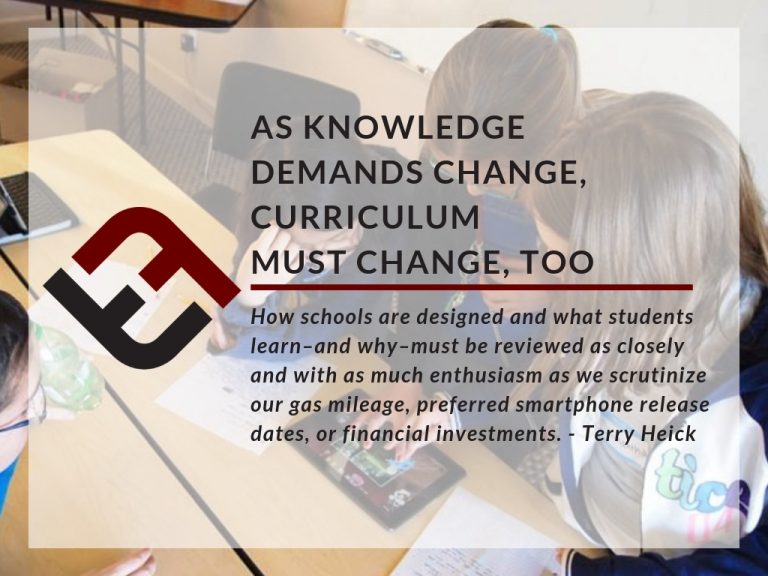
Changing knowledge demands in education should be scrutinized with at least as much as enthusiasm as we muster for Netflix or food or sports.
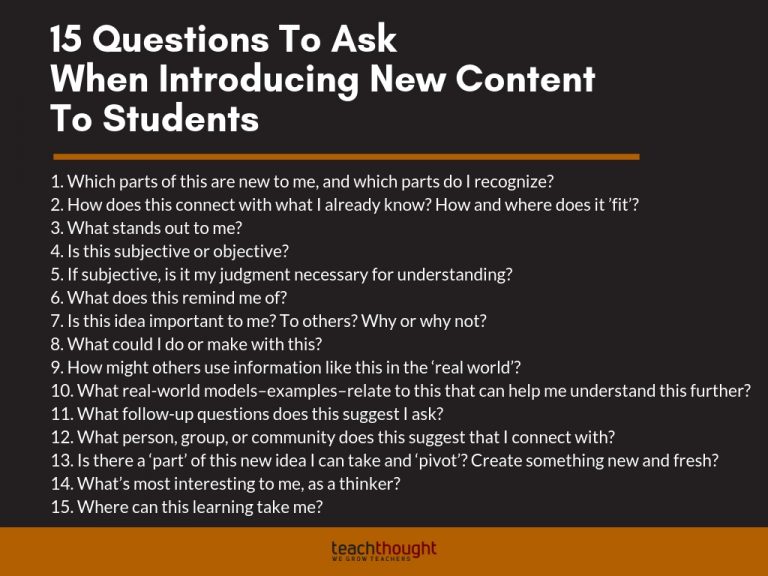
When introducing students to new content, the right questions and language can help disarm uncertainty and encourage a growth mindset.

Where do you begin teaching meditation when you may not be familiar with the practice yourself? These meditation apps for children may help.
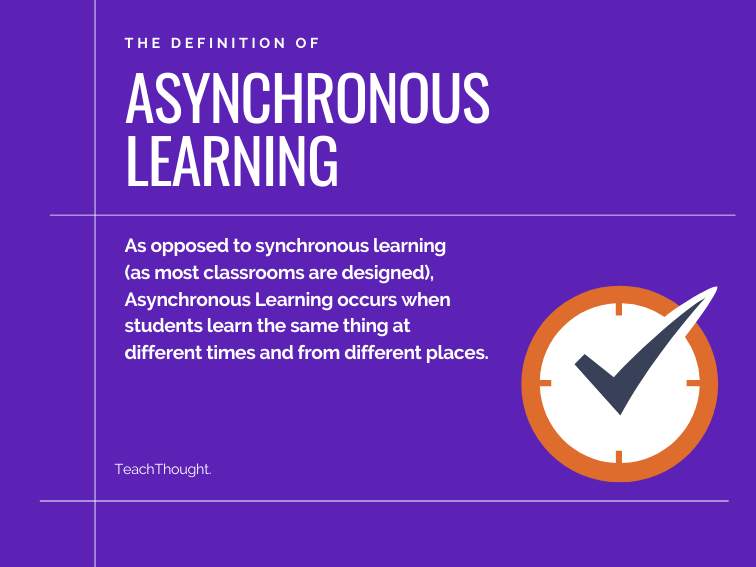
Synchronous learning is like network television while asynchronous learning is like Netflix.
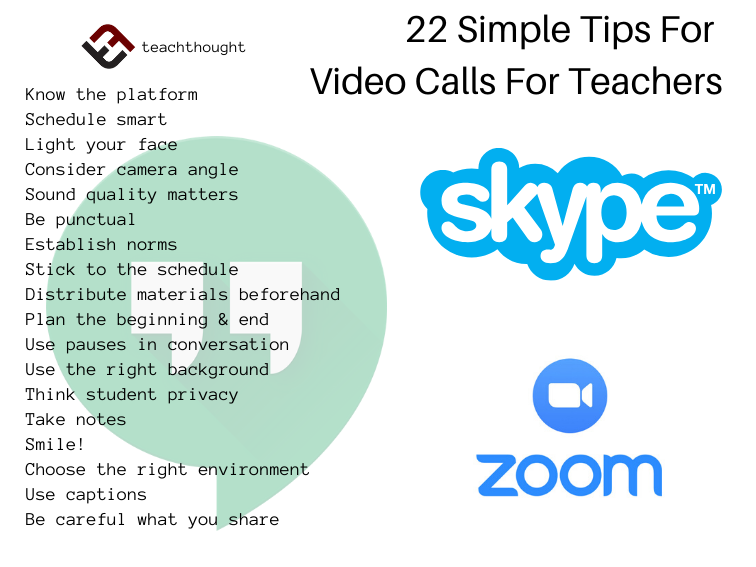
Some simple video call tips include using body language, voice level, hand gestures, and other visual and audible cues to signal conversational markers.
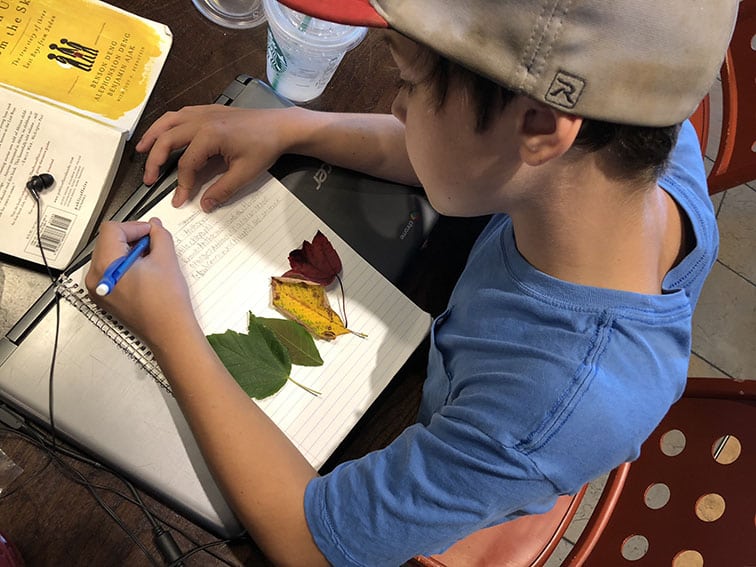
With the current COVID-19 crisis we are facing a time where schools are closed and many students are trapped in an abusive home. But there is hope.
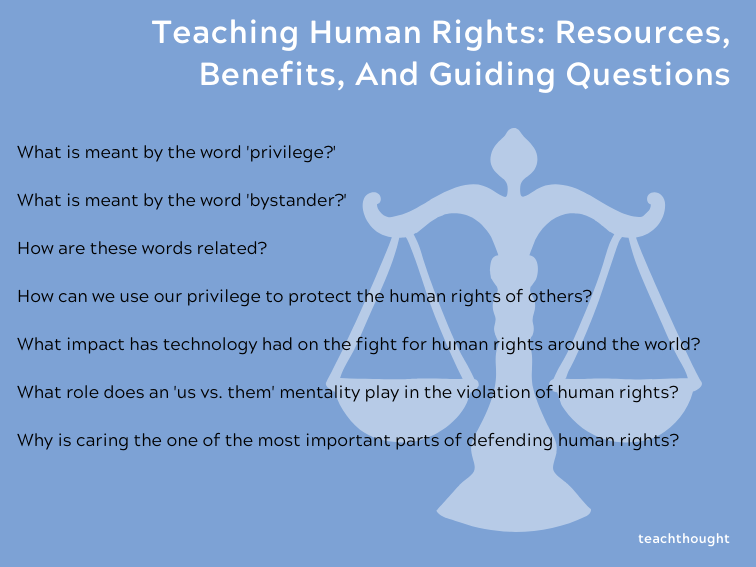
The right questions and resources for teaching human rights can help create more inclusive environments for the next generation of learners.
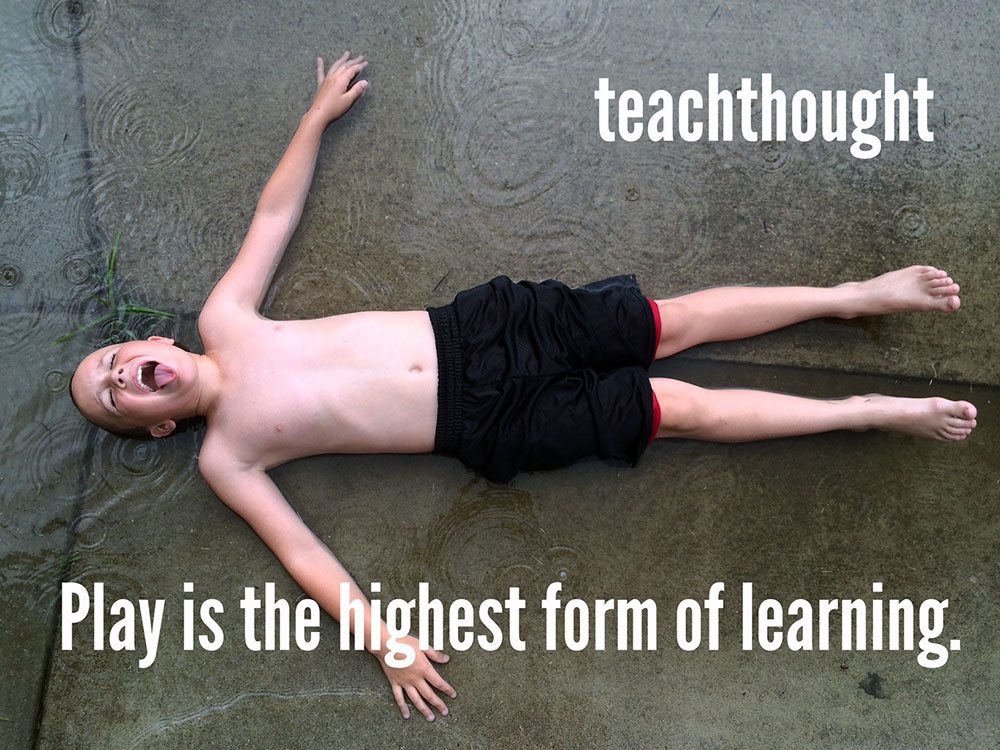
Saying you’ve ‘seen homeschooling’ is like saying you’ve seen salad or photographs or the internet. Homeschooled in what way? Learning what and how?
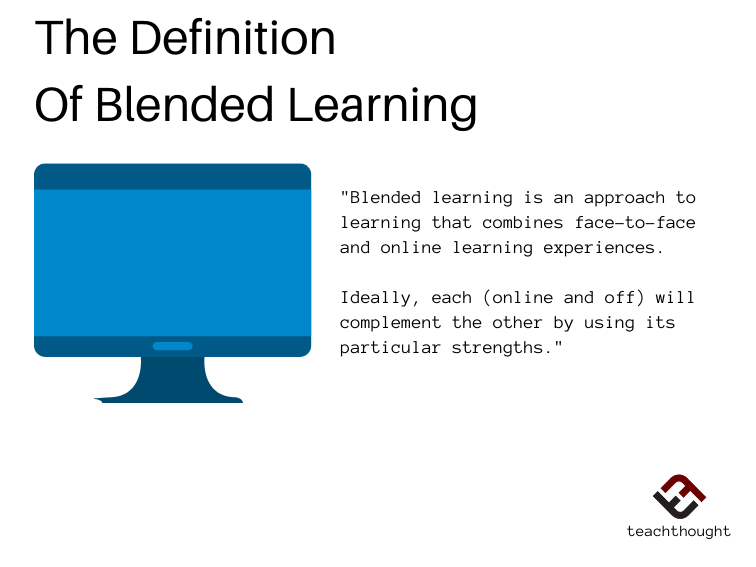
Blended learning combines face-to-face teaching and online instruction. Ideally, each will complement the other by using its particular strength.
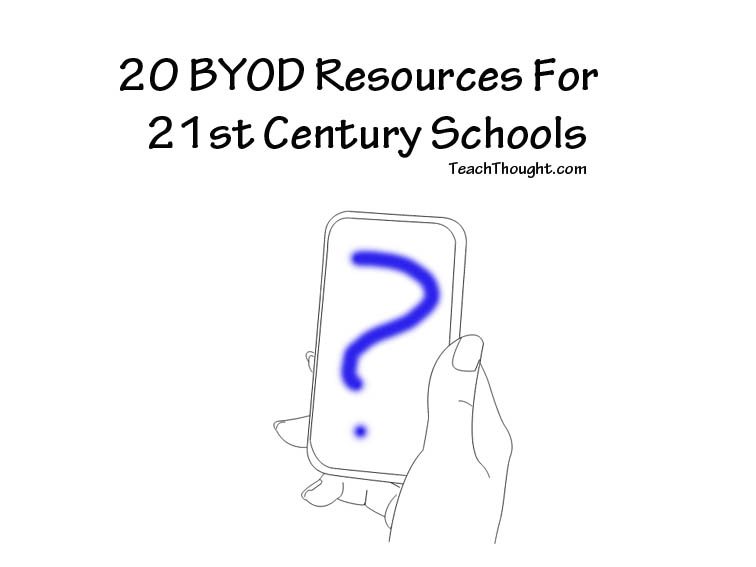
When you let students bring unique devices into a once closed tech setting, chaos can ensue. Here are BYOD resources to help get you started.

Actors Theatre of Louisville announces Actors Theatre Direct: on-demand content to ensure that theatre continues to thrive during COVID-19.
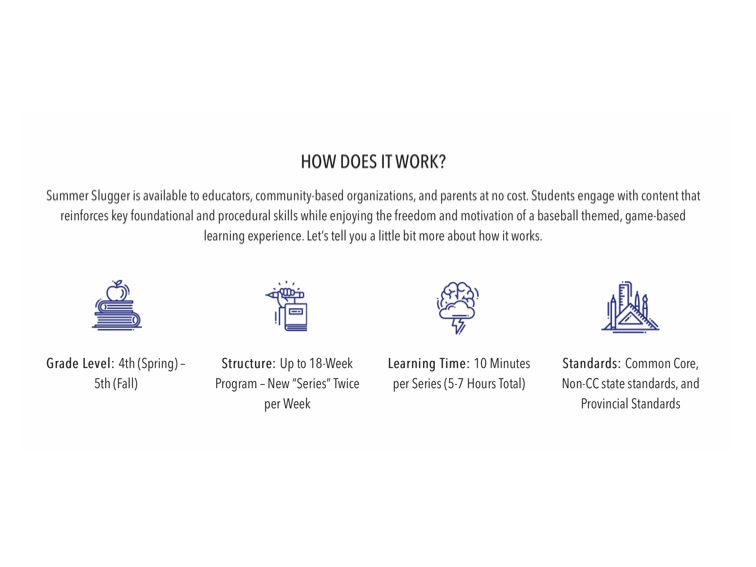
The MLB Summer Slugger Program is an online course that uses baseball to help kids maintain math & literacy skills during the summer months.